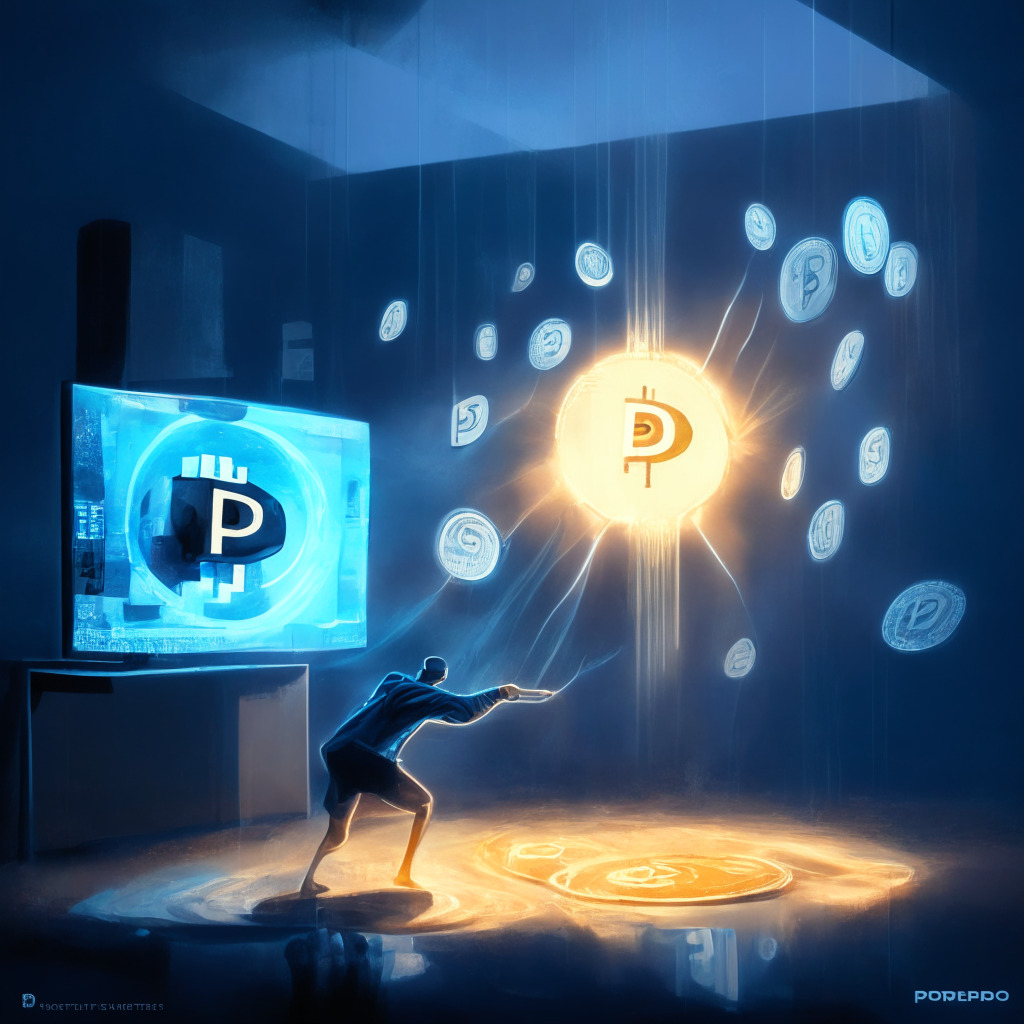As we journey deeper into the digital age, businesses and institutions are adjusting their strategies to keep apace. For Mastercard, this evolution has begotten the advent of the Multi-Token Network (MTN), designed to create a safer, scalable, and more interoperable environment for transactions within the blockchain and digital asset spaces.
Set for a beta release this summer in the UK, MTN is envisioned as the foundation for more efficient payment and commerce applications. The pilot phase will be fueled initially by tokenized bank deposits. However, Mastercard intends to unleash the capabilities of MTN to additional markets globally over time.
The blockchain sphere is also seeing innovations as OKX’s Liquid Marketplace, a liquidity network crafted for institutional traders, has hit a remarkable $3 billion in trading volume. With the recent inclusion of the ‘Nitro Spreads’ feature, facilitating complex basis trades with a single-click, this stride in volume could point us toward a future where one-click transactions become the norm.
Furthermore, research from Binance has presented an overwhelmingly positive outlook on crypto assets for the coming decade. The bulk of the respondents are banking on the unfolding of more real-world applications and improving regulatory clarity as catalysts for driving adoption. The insignificance of higher prices could be a sign of institutional users looking beyond the short-term market cycles with a more extended time-horizon perspective.
Series B funding rounds also came into the spotlight as Typeface, a generative AI creation platform for enterprise, garnered a whopping $100 million. With a total capital raise of $165 million, the firm, now valued at $1 billion, plans to channel the fund towards growth, innovation, and the scaling of its generative platform.
There’s increased scrutiny in regulatory circles as the Reserve Bank of New Zealand escalates its watch over stablecoins and crypto assets. Although the bank does not deem it necessary to mandate a regulatory approach just yet, there’s a declared need for heightened vigilance.
Finally, the Ethereum Name Service (ENS), a decentralized domain name system, plans to implement Layer 2 interoperability with ENS domains. By leveraging off-chain resolvers via an ENS off-chain registrar contract and a variety of providers, the project promises to bring groundbreaking change in the DeFi space. With such advancements, it’s apparent we are poised on the threshold of a dynamic new era in blockchain, crypto assets, and DeFi.
Source: Cryptonews




